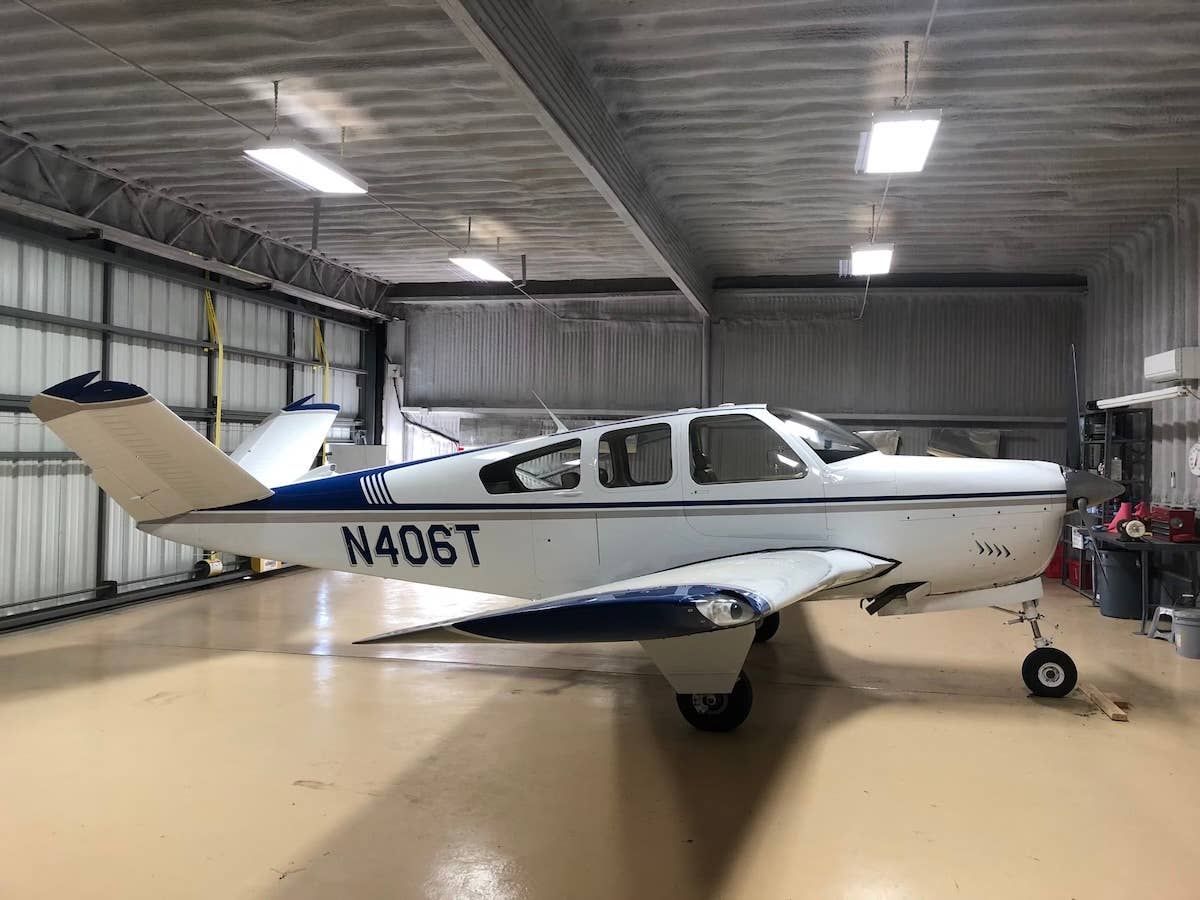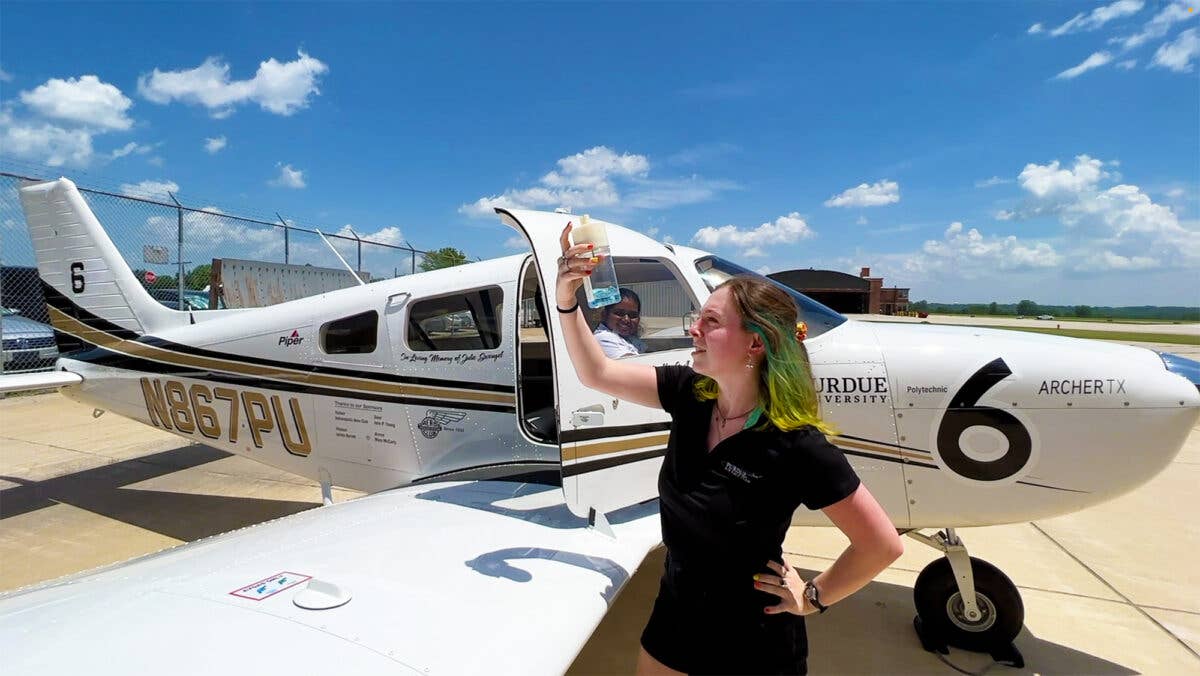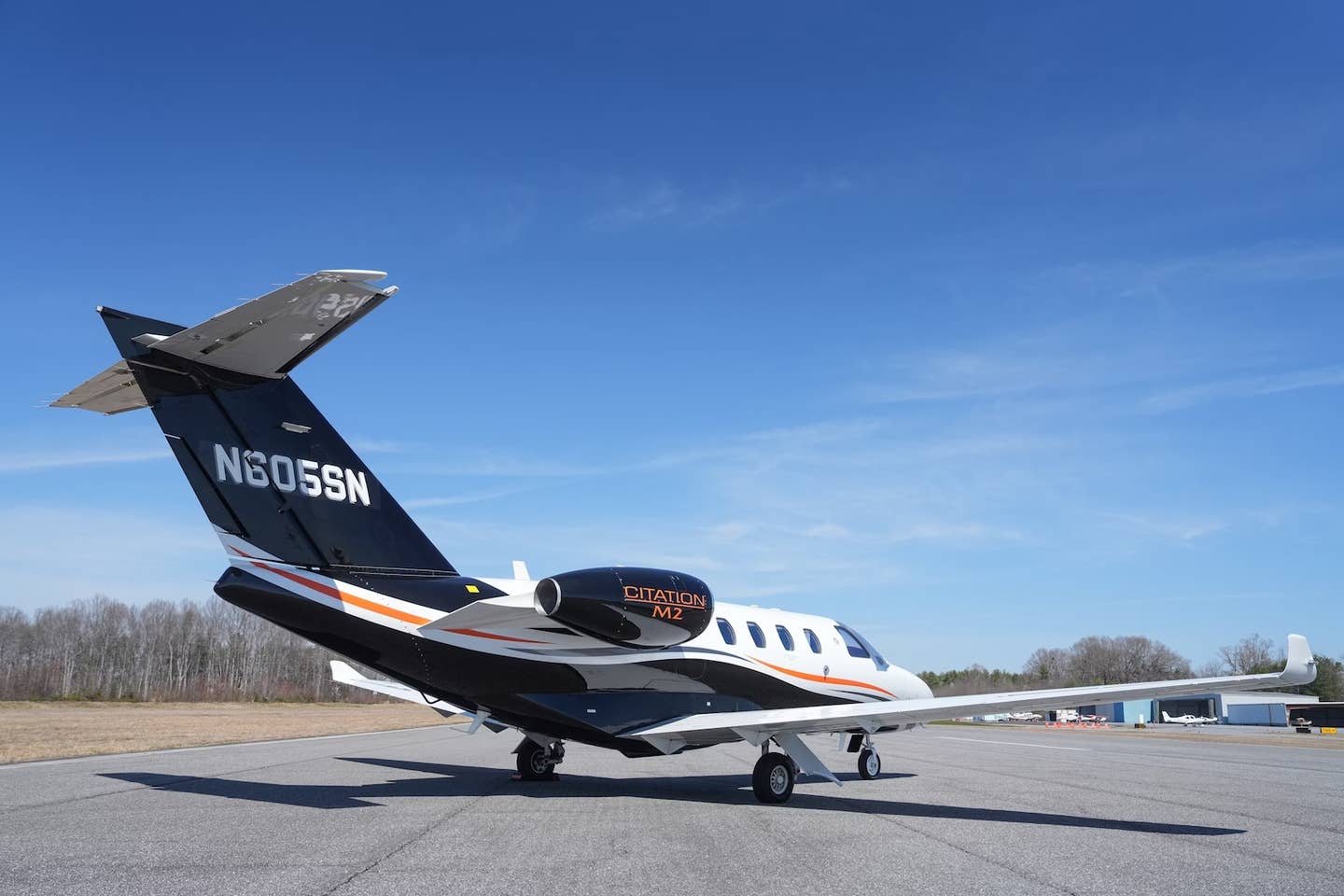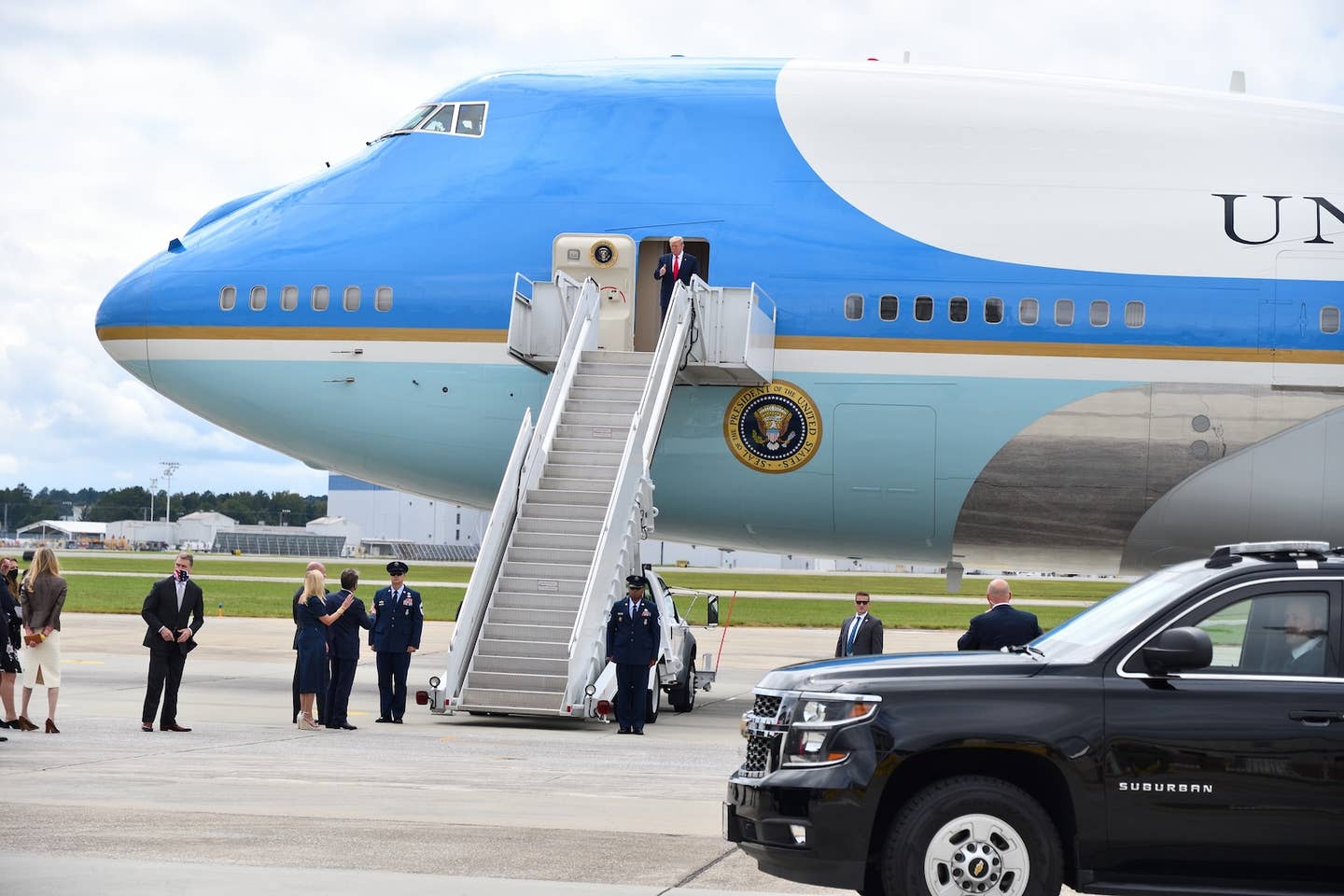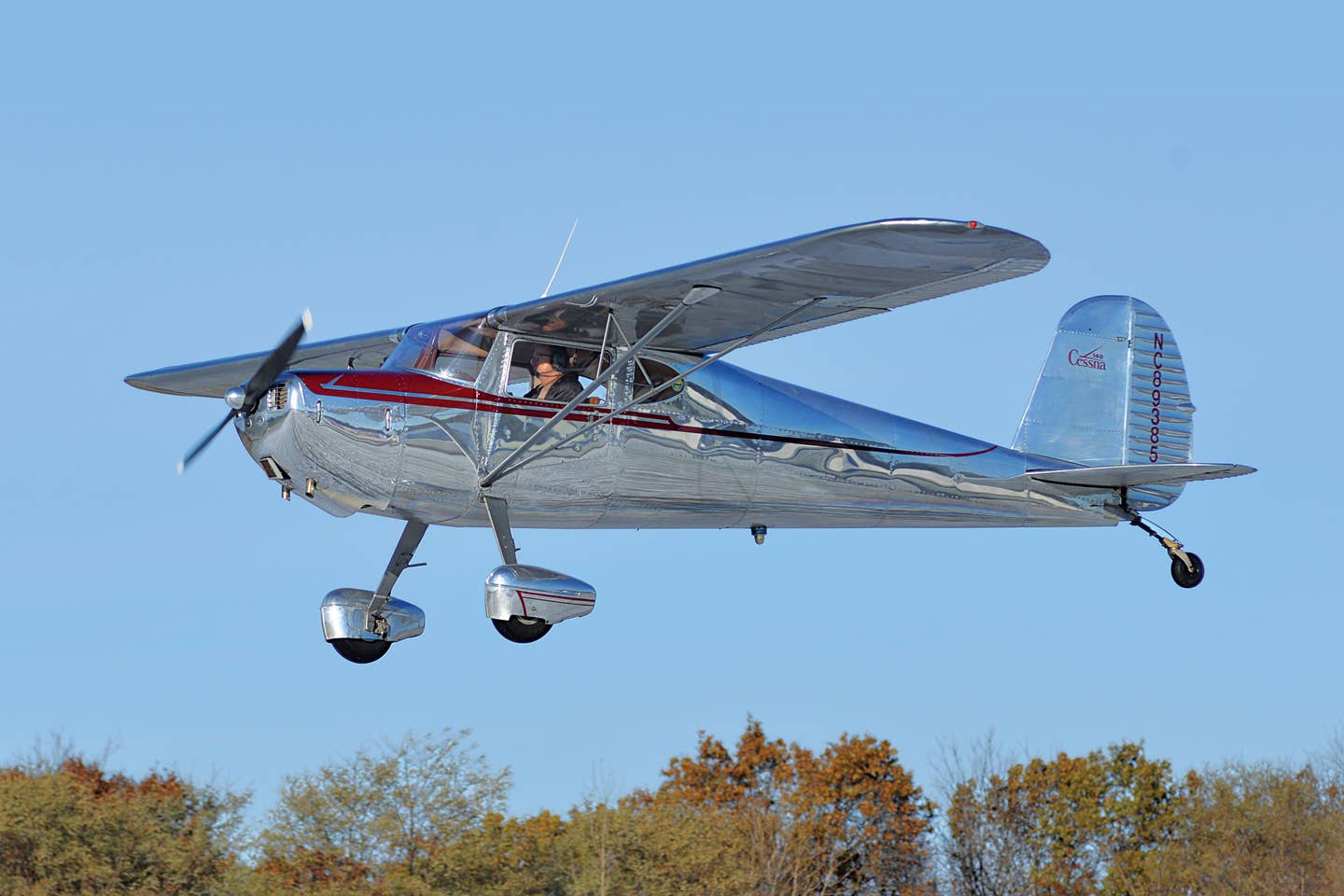
The 120 and 140 were some of the most successful postwar light aircraft in the US. Jason McDowell
It is often said that a first-time airplane buyer should buy his or her last airplane first. The reasoning is, it makes little sense to invest in an airplane the pilot will outgrow or become bored with. A more expensive option may, in fact, prove to be a better long-term value by serving as a more permanent solution to the pilot’s needs.
Still, a budget is a budget, and while mission requirements vary considerably from one pilot to another, one common goal is to find an airplane that remains interesting and fun while minimizing the cost of ownership. In this respect, the Cessna 120 and 140 offer an intriguing blend of qualities for the new pilot and/or first-time buyer.
Model History
The 120 and 140 were some of the most successful postwar light aircraft in the US. Nearly 8,000 were built between 1946 and 1951, and more than 2,500 remain on the FAA register today.
The 120 was developed as a budget version of the 140, initially lacking flaps, rear side windows and electrical systems. Over the past 70-plus years, however, most of the 120 fleet has been modified with electrical systems and other upgrades.
Today, the presence of flaps is the primary difference between the two models, and with many 140 owners reporting little difference in performance with flaps down, the 120’s lack of flaps should not be considered a significant disadvantage.
The most desirable variant of the family is the 140A. Introduced in 1949, it offered a metal wing with more effective flaps and a redesigned instrument panel. The 140A was also available as the Patroller model, which included Plexiglas doors, a message chute, and a whopping 42-gallon fuel capacity that provided an endurance of around seven hours.
Current Market
As of early 2020, there were 14 140s and two 120s listed for sale in various places, with a median price of $25,000. The most and least expensive examples were significant outliers at $40,000 and $16,000, respectively.
While all the typical factors such as airframe time, engine time since major overhaul and general condition affect these prices, two particular items affect the 120 and 140 more than many other aircraft types—fabric condition and engine type.
Excluding the aforementioned 140A with its standard metal wing—and other 120s and 140s that have had their fabric wings converted to metal at some point in their lives—most 120s and 140s are equipped with fabric wings. While good, modern fabric can last for several decades when properly cared for, it’s wise to determine the age and condition of the fabric as part of a pre-purchase inspection.
With owners reporting $8,000 to $10,000 costs to replace the fabric and address minor internal repairs that are commonly found during the process, fabric replacement can approach half the total value of many airplanes on the market. Accordingly, purchasing an airplane with old, deteriorating fabric is not unlike purchasing an airplane with an engine in need of overhaul, and the selling price should be adjusted appropriately.
There are multiple engine types found in the Cessna 120/140 fleets. The most common—and, typically, the least expensive—is the 85 hp Continental C85 that came equipped in most examples. The noticeably more powerful C90 is less common but very well-liked for its blend of low weight and higher power.
A popular upgrade is the ubiquitous 100 hp Continental O-200, but because the rated horsepower is only attainable at higher rpm, many owners prefer instead to upgrade their C85s with an O-200 crankshaft as an STC. This provides additional power at a lower, more usable rpm range than the O-200.
Finally, some examples are fitted with the more powerful 108 hp Lycoming O-235 and 125 to 135 hp O-290. While the additional power makes a 120 or 140 perform notably better on climbout, these engines are also heavier, and payload can suffer. Additionally, because the O-290 is no longer produced or supported, parts have become both difficult to find and significantly more expensive than the alternatives.
Current FAA records indicate 674 120s, 1,653 140s and 235 140As are on the registry. The relative rarity of the 140A combined with its more sought-after features commands a premium over the others, with prices that are commonly 20 to 30 percent higher than the rest.
Ultimately, the most desirable examples have a recently overhauled engine, newer wing fabric, a well-kept interior and a reasonably up-to-date, ADS-B-compliant panel.
Flying Characteristics
Because the 120 and 140 are essentially tailwheel predecessors of the first 150s, the flight qualities are very similar. Unfortunately, so is the limited useful load. The maximum gross weight for the 120 and 140 is 1,450 pounds, and 1,500 pounds for the 140A. All have a standard fuel capacity of 25 gallons and empty weights that range from 800 to 1,050 pounds, resulting in a rather-limited payload.
With a heavier O-290 bringing his airplane’s empty weight up to 1,050 pounds, one owner reports having only 250 pounds left over for people and bags, underscoring the concern about the heavier, more powerful engine options. Similarly, most pilots prefer the fabric wing because it tends to weigh 30 to 50 pounds less than those that have been metalized.
The tailwheel configuration is, of course, what makes the 120 and 140 so vastly different from the 150. And the relatively benign handling and ground manners make it a great introduction to tailwheel flying. Visibility over the nose is fantastic, and the effective rudder makes takeoffs straightforward.
Read More: Approachable Aircraft
Once in the air, the 120 and 140 do indeed feel akin to the 150, providing a typical cruise speed of 100 to 110 mph with similar cabin comfort, space and handling qualities. Fuel burn varies by engine choice, but 4.5 to 5 gallons per hour is common. The fabric wing provides nice flying characteristics, with a light, crisp roll and an exceptionally docile and predictable stall.
Full-stall, three-point landings are almost a nonevent in the 120 and 140. By the time you milk every last bit of lift out of the wing and settle onto the runway, the remaining speed and energy is so low, very little effort is required to manage the otherwise typical tailwheel characteristics as you roll to a stop.
Wheel landings require more attention, particularly on lumpy grass strips. While most bounces on landing tend to be the result of a misjudged flare or an effort to force the airplane onto the runway, the Cessna’s undamped spring-steel landing gear is quick to convert an errant runway lump into an unplanned trip back into the air.
Early on, the 120 and 140 earned a reputation of being prone to nosing over while braking. Though many blame this on the positioning of the landing gear, the belief was more likely a result of brakes that were unusually powerful for the time period.
In that era, other light-tailwheel-aircraft types typically came equipped with relatively weak, cable-actuated brakes activated by tiny heel pedals. The 120 and 140, on the other hand, came with much more effective hydraulic toe brakes. This resulting combination of leverage and power ended in nose-over accidents when unsuspecting pilots jammed on the brakes.
To address this, many 120s and 140s have been modified with gear extenders, which aim to prevent these incidents by placing the wheels slightly ahead of the gear legs. While these do help to reduce the nose-over tendency, some owners and maintainers complain that they also introduce torsional flex to the gear, which can weaken and fatigue the attachment points to the fuselage. It’s wise to inspect this area closely during a pre-purchase inspection.
Later 140s and all 140As addressed the concern with redesigned gear legs that were themselves slightly swept forward to help counteract any nose-over tendencies. The gear attachment points on these models were strengthened accordingly to handle the torsional loads from the forward-swept gear.
Ultimately, the 120 and 140 provide a great introduction to tailwheel flying. With predictable handling, a very effective rudder and sturdy landing gear, they are forgiving to newcomers while still providing the endless satisfaction that comes from mastering a tailwheel aircraft.
Ownership
Plenty of aircraft types provide a low operating cost on par with the 120 and 140, but few also offer the retro, 1940s-era character and tailwheel flair. Together, these characteristics combine to make every flight that much more interesting, rewarding and memorable than those in more common entry-level types such as the Cessna 150 and Piper Cherokee. Park one of the former on a ramp, and they’ll often go unnoticed; park a 140 on a ramp, and you’ll soon be making new friends as they meander over to swap stories and memories.
And while the 120 and 140 lack the necessary qualities for true STOL operations, many owners find it to be a rugged, reliable machine for accessing poorly maintained grass and dirt strips, particularly when larger tires are fitted. Indeed, without a relatively fragile nosewheel attached to the firewall, the simple and beefy main gear is poised to take significantly more abuse than tricycle gear counterparts. Additionally, pilots in colder climates can install skis to open up entirely different flying experiences and adventures.
It’s this blend of character and qualities that make the 120 and 140 stand out. Though easily surpassed in one measure or another on a spreadsheet, they demonstrate how an aircraft can fall short in many commonly held metrics while offering a wonderful blend of less tangible strengths. Provided an owner can live with a limited payload and leisurely performance, these are airplanes that keep their owners interested and enthusiastic for a long time. Indeed, many owners we know vow they’ll never sell theirs, and it’s not uncommon to hear those who have express regret that they did.
This story appeared in the March 2020 issue of Flying Magazine

Sign-up for newsletters & special offers!
Get the latest FLYING stories & special offers delivered directly to your inbox

